With cannabis use gaining popularity all over the world, it might be a good idea for consumers to know what exactly is going into their bodies. Cannabis sativa contains hundreds of chemicals called cannabinoids, with THC and CBD being the most well-studied. You might have heard of these terms in the news and media, but what exactly are these compounds and how do they affect us? How can cannabis be prepared and administered? Is there any scientific evidence to support the health effects of cannabis and cannabinoids? Where is cannabis legal in the world? Before diving into these topics, let’s take a look at something bigger: the endocannabinoid system.
Endocannabinoid System & Cannabinoid Receptors
It turns out that the discovery of cannabinoids led to the discovery endogenous ligands called endocannabinoids in humans. These ligands affect neurotransmission, which in turn governs nearly all aspects of brain and behavior. There is also evidence that the endocannabinoid system is involved in modulating the immune system.
The two main cannabinoid receptors are CB1 and CB2. CB1 receptors are prominent in neural structures including the hippocampus, hypothalamus and basal ganglia which regulate memory and cognition, temperature and hunger and movement, respectively.
CB2 receptors are found in other parts of the brain related to automatic functions such as breathing, blood pressure, swallowing and emotional responses. They are also found abundantly in immune cells such as peripheral macrophages, which are associated with inflammation. CB1 receptors are also thought to be expressed by various immune cells, suggesting an overall role of the endocannabinoid system in immune function.
The Main Cannabinoids of Cannabis sativa

THC
Delta 9 tetrahydrocannabinol or THC has a high affinity for the CB1 and CB2 receptors. These molecular interactions result in the familiar psychoactive effects that cannabis users often experience. While some effects are pleasant or even desirable (altered state of consciousness, feeling ‘high’), others might be considered adverse effects (increased feelings of anxiety, paranoia; impaired cognition). Research suggests that the THC-CB1 interaction plays a role in nociceptive information transmission, which could explain the use of medical cannabis for analgesia.
Recreational cannabis often contains a higher ratio of THC to CBD, with some contemporary strains containing up to 30 percent THC. It’s generally accepted that cannabis products containing less than 0.3 percent THC are called hemp. Hemp is often used in the food and textiles industries, not to get high.
CBD
Unlike its psychoactive cousin, THC, cannabidiol or CBD has lower affinity for the CB receptors. In fact, CBD has been shown to regulate THC activity by antagonizing the CB1 receptor.

According to a review article, CBD acts on multiple neuromodulatory targets such as adenosine, serotonin and opioid receptors.
Some research supports that CBD is effective for treating a range of medical conditions from epilepsy and chronic pain, to schizophrenia and even cancer. While most scientists agree that CBD does not have the same psychoactive effect as THC, its distinct mechanisms of action are not entirely clear.
Methods of Preparation & Routes of Administration

Overall, the effects of THC and CBD depend on many factors, including plant species, method of preparation and how it is consumed. Some common preparations of cannabis include smoking or vaporizing dried leaves or flowers, turning extracts into oils, sprays and creams and adding cannabis into food and beverages. In one study, patients found that smoking the dried flowers led to greater relief from anxiety, back pain and depression compared to cannabis concentrates, edibles and creams.
According to the 2017 Canadian Cannabis Survey, approximately 90 percent of cannabis users bought or received dried cannabis to smoke or vaporize within the previous month whereas only 15 percent of users bought or received edibles. Some studies have reported blood levels of THC peaking in just 10 minutes post-inhalation, correlating with a rapid onset of psychoactive effects, although a person might feel high even before blood THC levels spike. In other words, smoking is a quick way to get high.
Consumers are turning more towards edibles since these cannabis products deliver a more sustained high and are generally safer than smoking cannabis. Participants in one study reported feeling high approximately 0.5-2 hours after eating a cannabis brownie. THC blood levels peaked around the same time and reached baseline levels within 2-12 hours.
Food manufacturers and retailers are already taking advantage of a cannabis-filled diet. Some companies are producing CBD-infused coffee and gumdrops, while others are even opening cannabis-themed restaurants. While more people are becoming curious about cannabis, over half of consumers surveyed in a Culinary Visions study said they do not trust the safety of cannabis cultivated for commercial use.
Overall, less is known about pharmacokinetic and health outcomes data for other routes of administration (nasal sprays, lotions, intravenous injection, rectal, etc.).
Validity of Therapeutic Effects
Researchers from the National Academies of Sciences, Engineering and Medicine summarized the health effects of cannabis and cannabinoid use in a 2017 report. From hundreds of studies, they concluded that cannabis use can lead to modest reductions in pain symptoms and chemotherapy-induced nausea in patients with chronic pain and cancer. They also conclude that there is insufficient evidence to support that prolonged cannabis use is linked to chronic obstructive pulmonary disease, although smoking cannabis can lead to a chronic cough or phlegm production. Furthermore, the group found there is substantial evidence supporting a heightened risk for schizophrenia and other psychoses with increased cannabis use.
The researchers state that more funding, standardized research methods and improved access to research-quality cannabis products are critical to assessing and validating health outcomes related to cannabis use.
Legal Status of Cannabis Around the World
Most forms of cannabis were recently legalized in Canada in October 2018. By the fall of 2019, the government intends to legalize edible cannabis, cannabis extracts and cannabis topical products for consumer use.
According to a 2018 article from the UK’s Metro, cannabis is fully legalized in Uruguay, Spain, Portugal, Switzerland, Norway, the Solomon Islands and some parts of the Netherlands. They also report 32 additional countries who have legalized cannabis for some form of medical use only.
At the federal level, it is currently illegal to distribute cannabis for medical purposes in the US. Furthermore, the Food and Drug Administration (FDA) has yet to approve marijuana for any medical uses, although some drugs containing certain cannabinoids have been approved for the treatment of specific conditions. For example, the FDA approved Epidiolex, which contains a purified cannabidiol, for the treatment of seizures associated with Lenno-Gastaut syndrome or Dravet syndrome. Epidiolex manufacturer GW Pharmaceuticals saw sales of $4.7 billion within the first two months of launch, meeting the high demand of epilepsy patients. Currently, the company is seeking European approval for Epidiolex and investigating its use for other indications.
However, US states have different marijuana laws governing the use of medical and recreational marijuana. Just under half of all US states have mixed laws concerning the legalization of cannabis, most legalizing the use of medical marijuana while recreational marijuana remains illegal.

Within each state, policymakers can limit the use of medical marijuana to specific populations or indications. For example, a new medical program introduced in Oklahoma permits the treatment of minors with uncontrolled, severe epilepsy using cannabis products brought in from out-of-state.
Currently, cannabis is fully decriminalized and is legal to use in 10 US states plus the District of Columbia.
Despite what consumers might see in popular media, more research is needed to fully understand the long-term effects of these compounds on human health.
As the understanding of these two compounds becomes clearer and governments become more lenient, the future of cannabinoids will likely play a bigger role in the healthcare and food industries.
Want to learn more about cannabis? Watch Cannabis Confusion: THC vs CBD Explained.


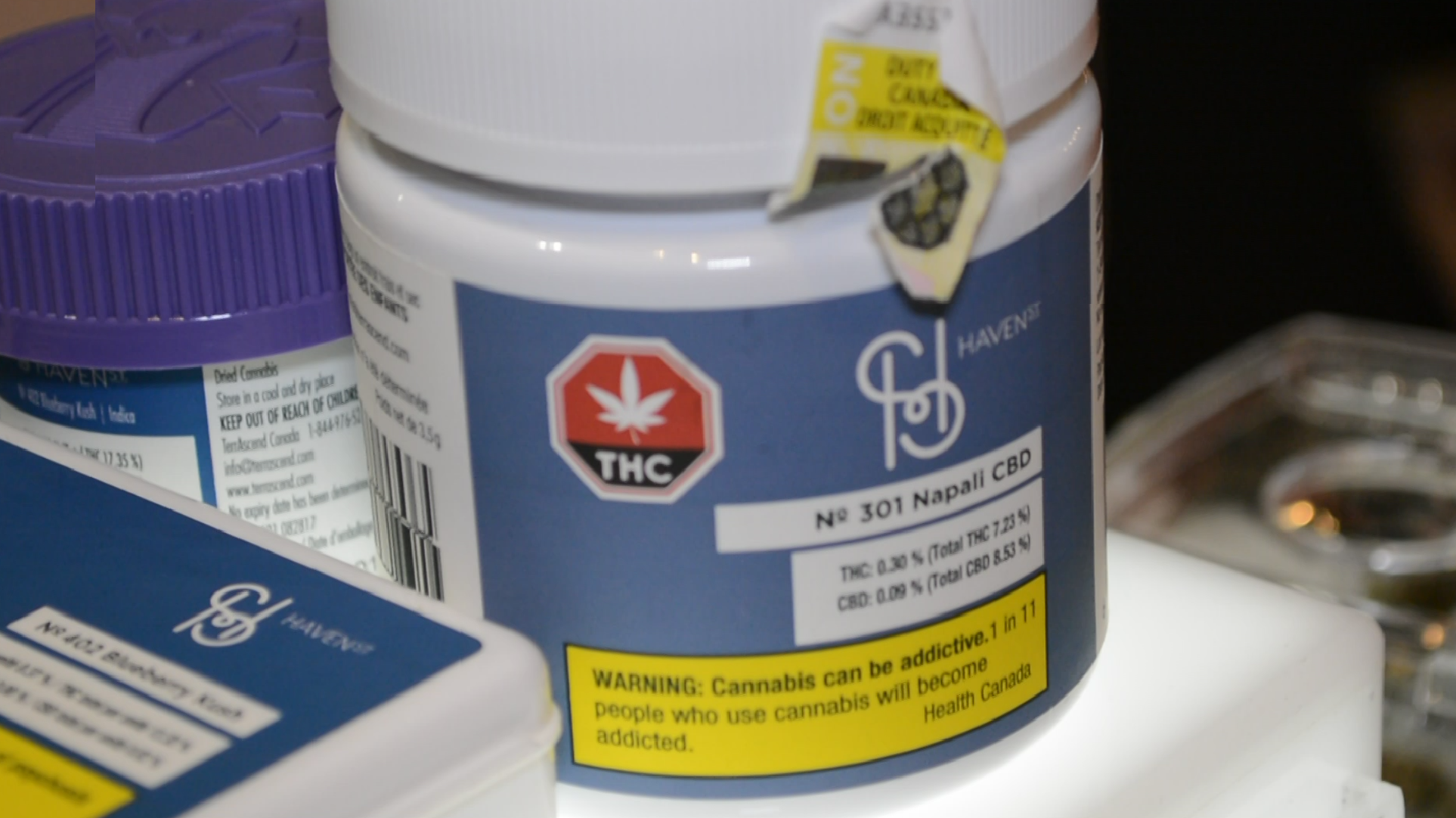
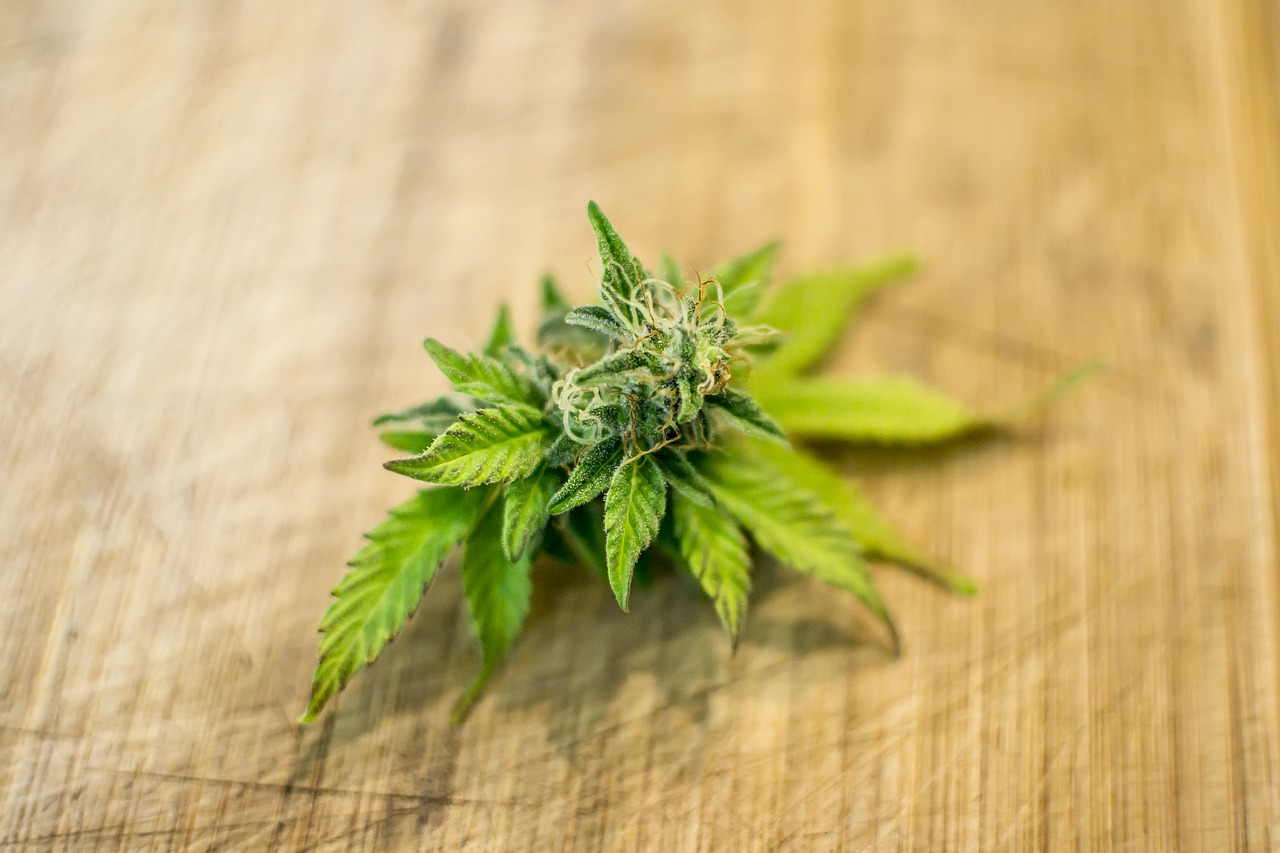
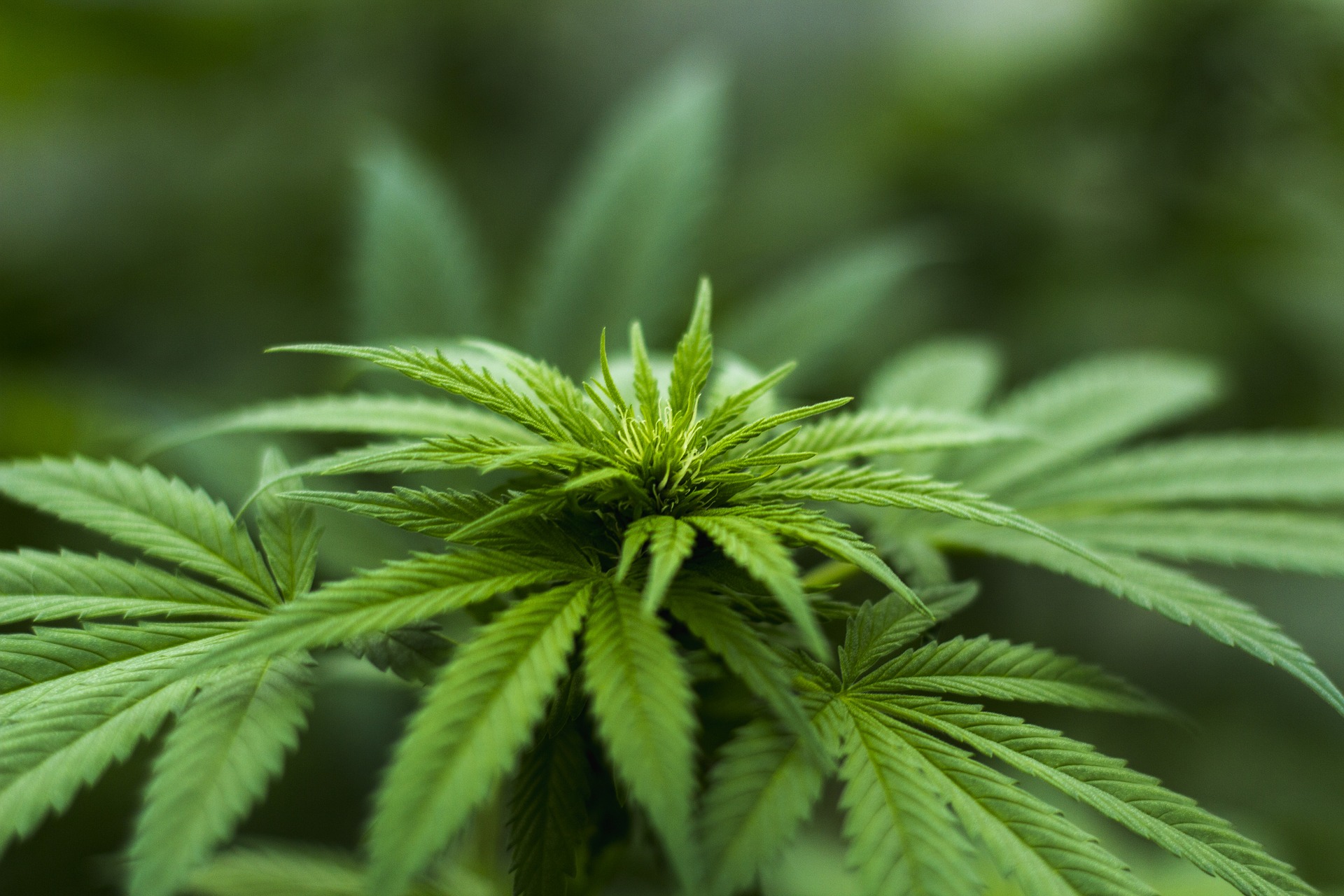
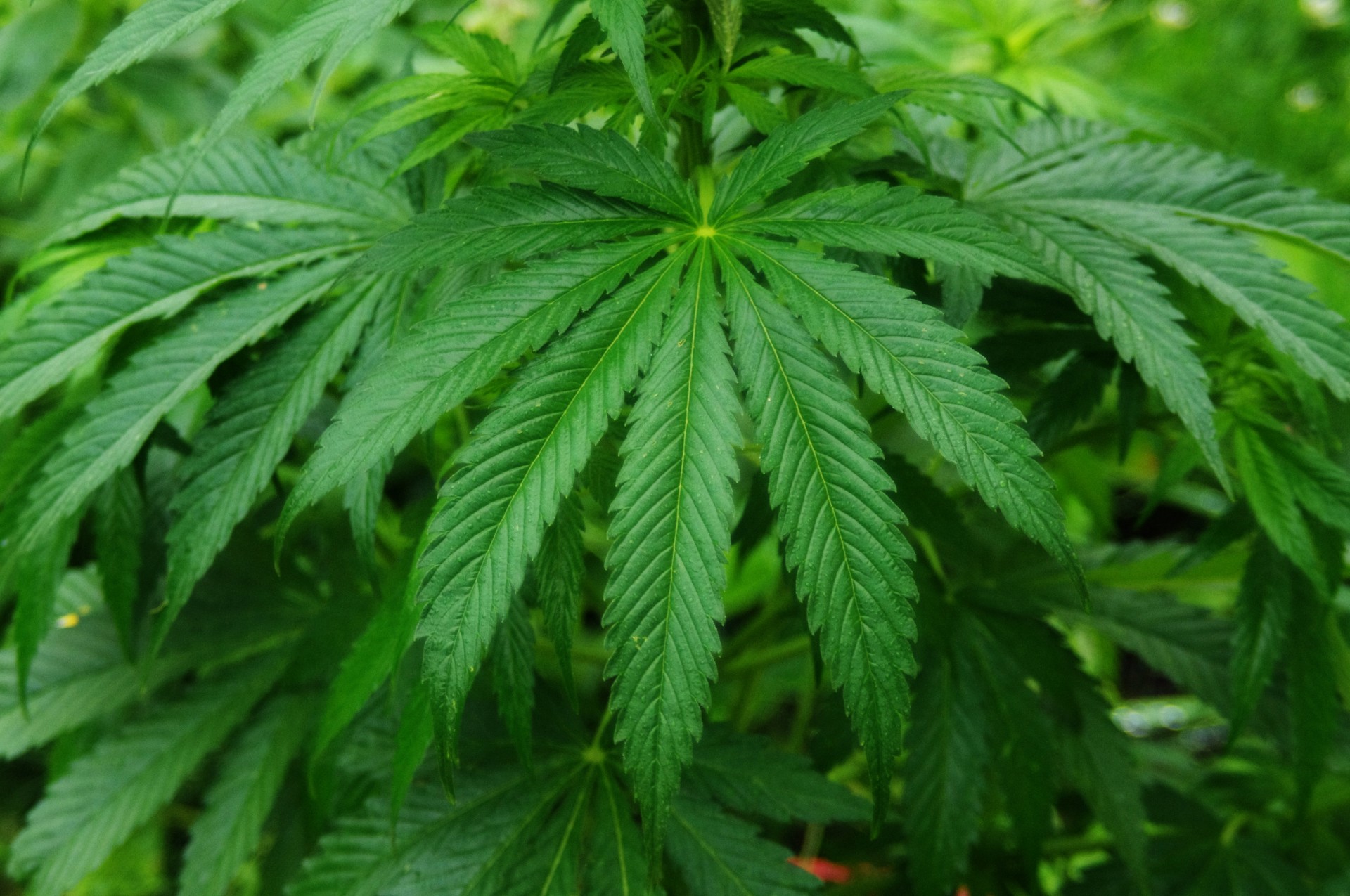
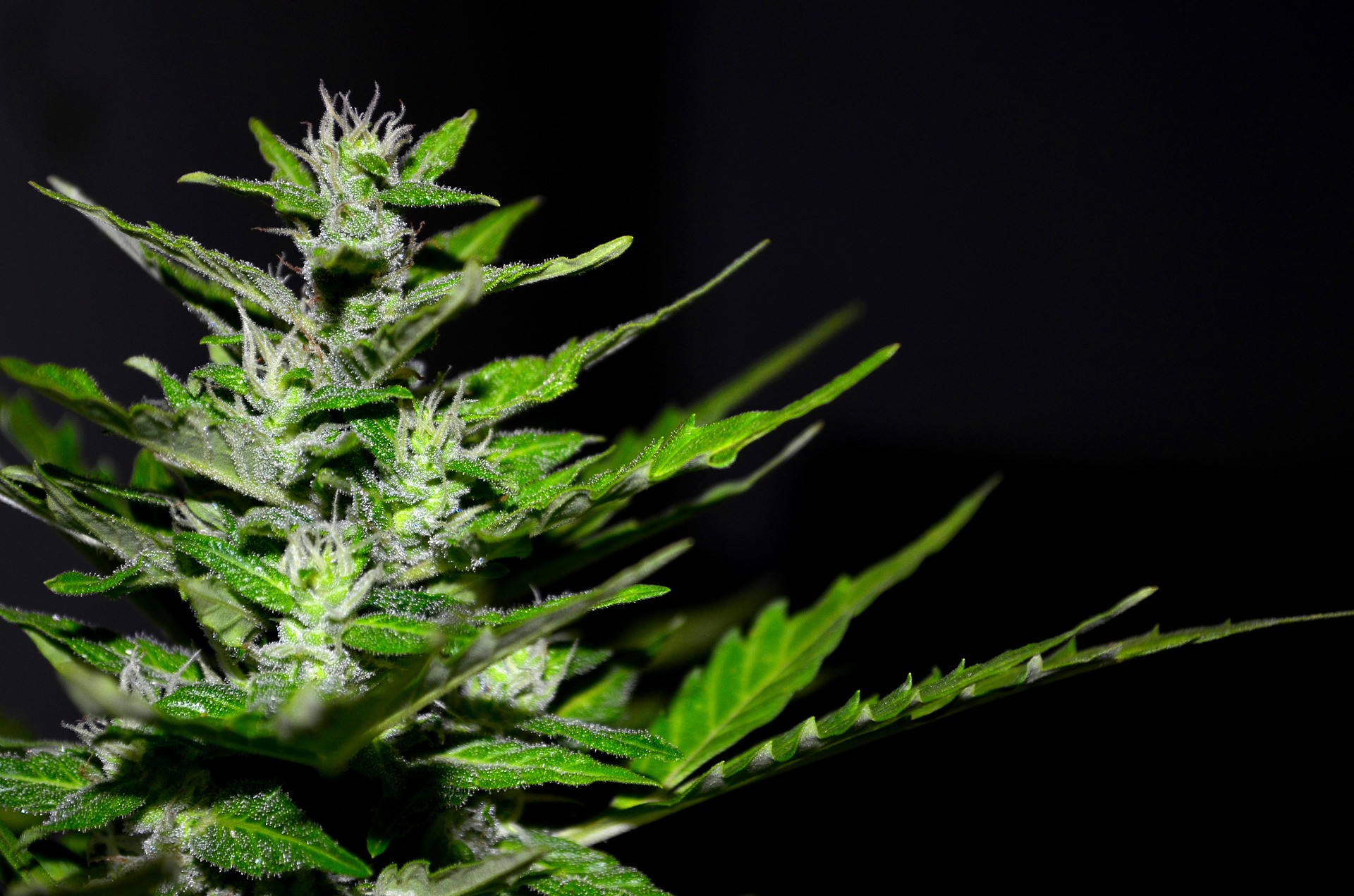

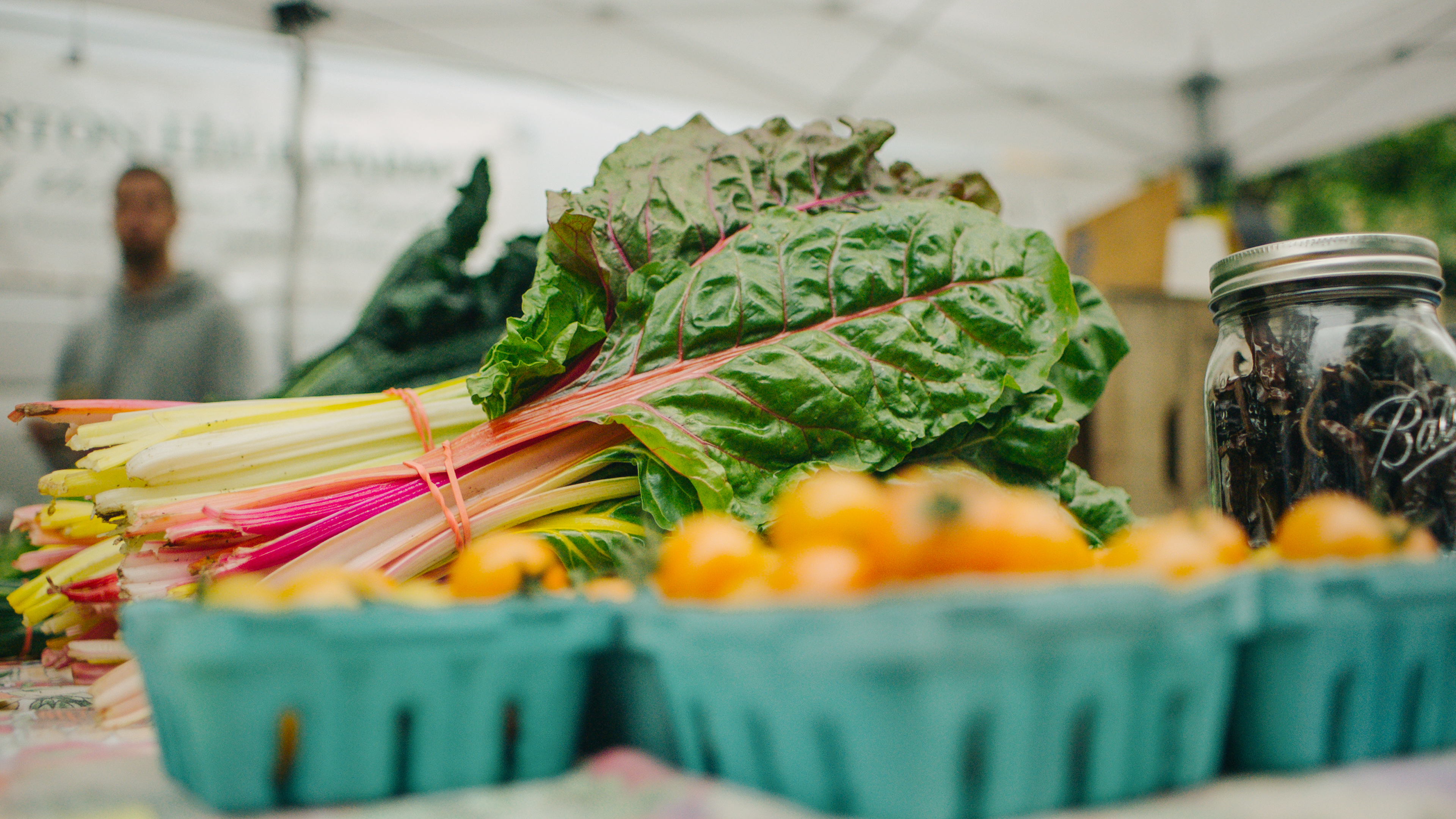


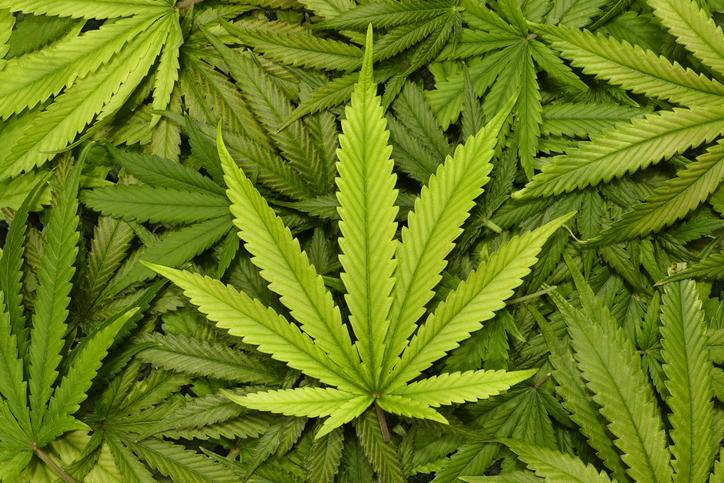
Join or login to leave a comment
JOIN LOGIN